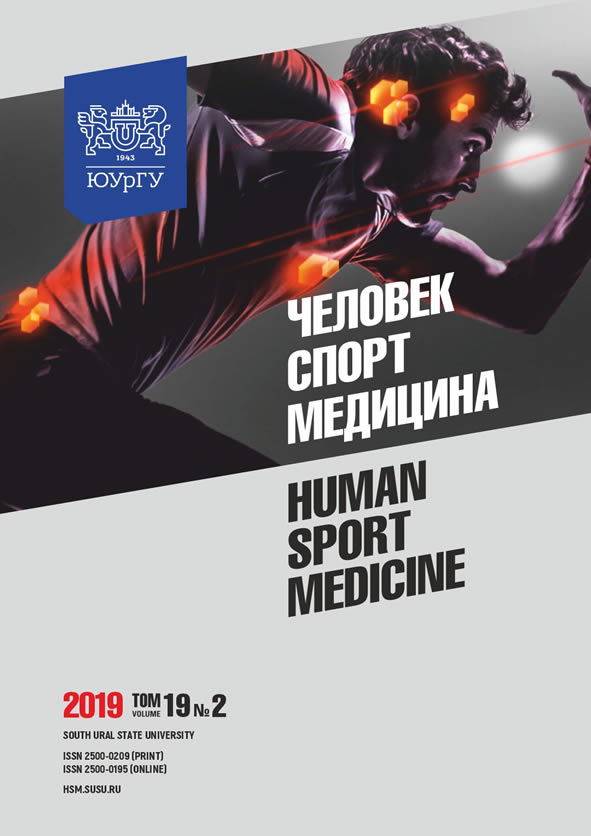HANDGRIP MUSCLE FORCE CHARACTERISTICS WITH GENERAL REFERENCE VALUES AT CHELYABINSK AND BELGRADE STUDENTS
Abstract
The Aim. The aim of this paper is to define the contractile characteristics of maximal isometric handgrip force and to establish possible differences between the students of the Universities of Chelyabinsk and Belgrade. The secondary aim is to create a practically applicable initial model in order to explore the mentioned characteristics in the future. Material and methods. For the purposes of this research, the overall sample of 225 subjects was tested. 91 subjects were from Russia and 134 were from Serbia. The results were gathered using a strain gage and a standardized isometric handgrip test protocol. The contractile properties of HG muscle force were measured in relation to three different contractile dimensions: the maximal muscle force (Fmax), the maximal explosive muscle force (RFDmax), the time need for achieving maximal (tFmax) and maximal explosive (tRFDmax) muscle force. Results. This study has shown that there are no generally statistically significant differences for all observed variables of HG contractile characteristics between tested Russian and Serbian students. Based on the results of the present study, six different models of the equation for evaluation of HG contractile characteristics of female and male students, i.e. young adults, were made. All defined models are highly statistically significant, accurate and sensitive in the prediction of the general distributive position of an individual or particular group of subjects in relation to the measured contractile characteristics. Conclusions. The obtained results can generally indicate the stability of potential to exert the given contractile characteristic in relation to the population of similar evolutionary (Slavs) at different geographical background.
References
References on translit
Copyright (c) 2019 Human. Sport. Medicine

This work is licensed under a Creative Commons Attribution-NonCommercial-NoDerivatives 4.0 International License.















